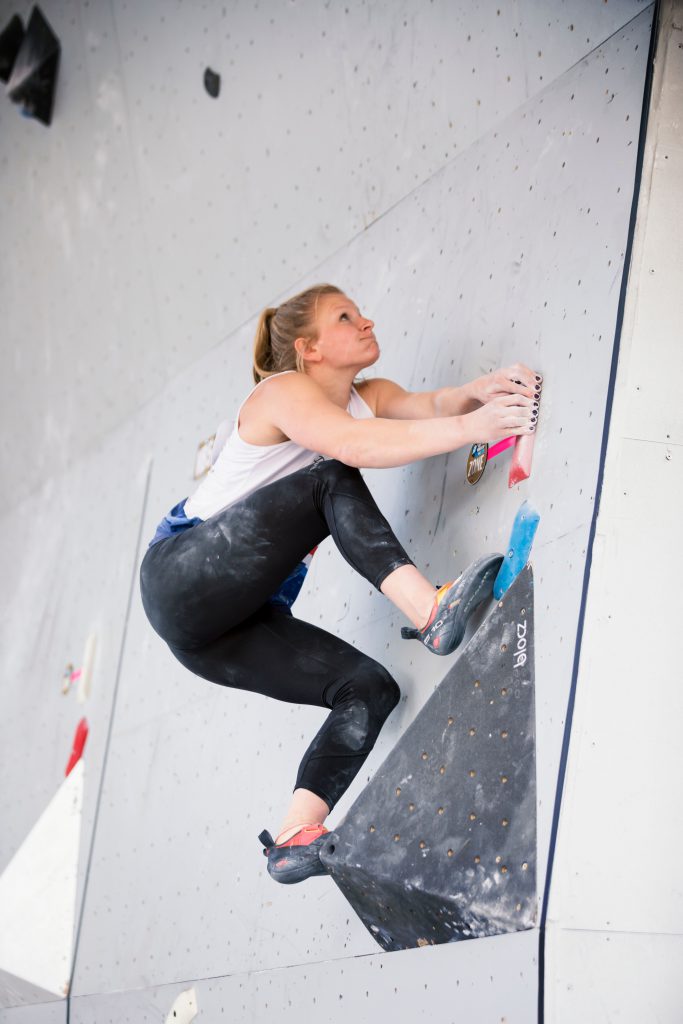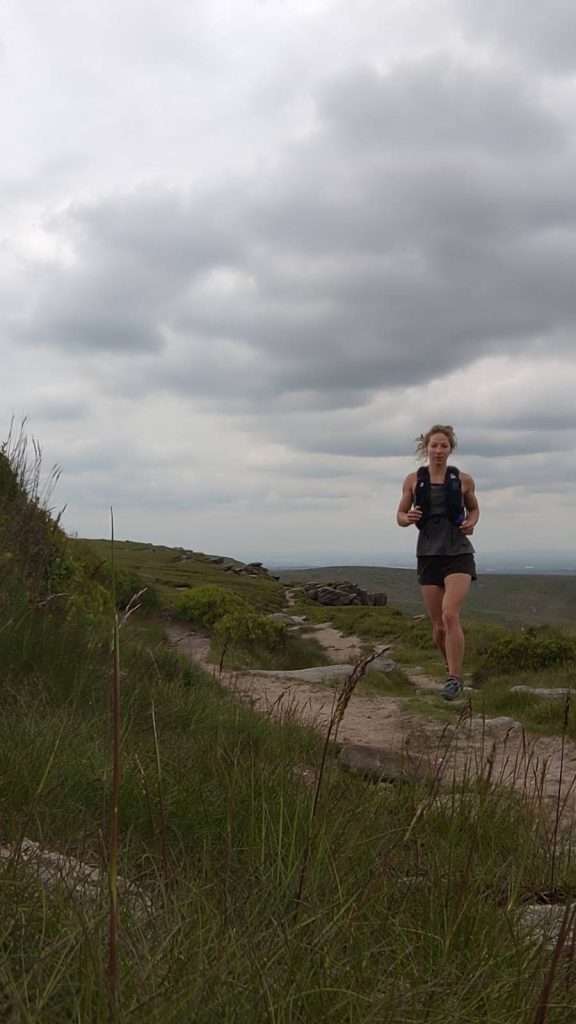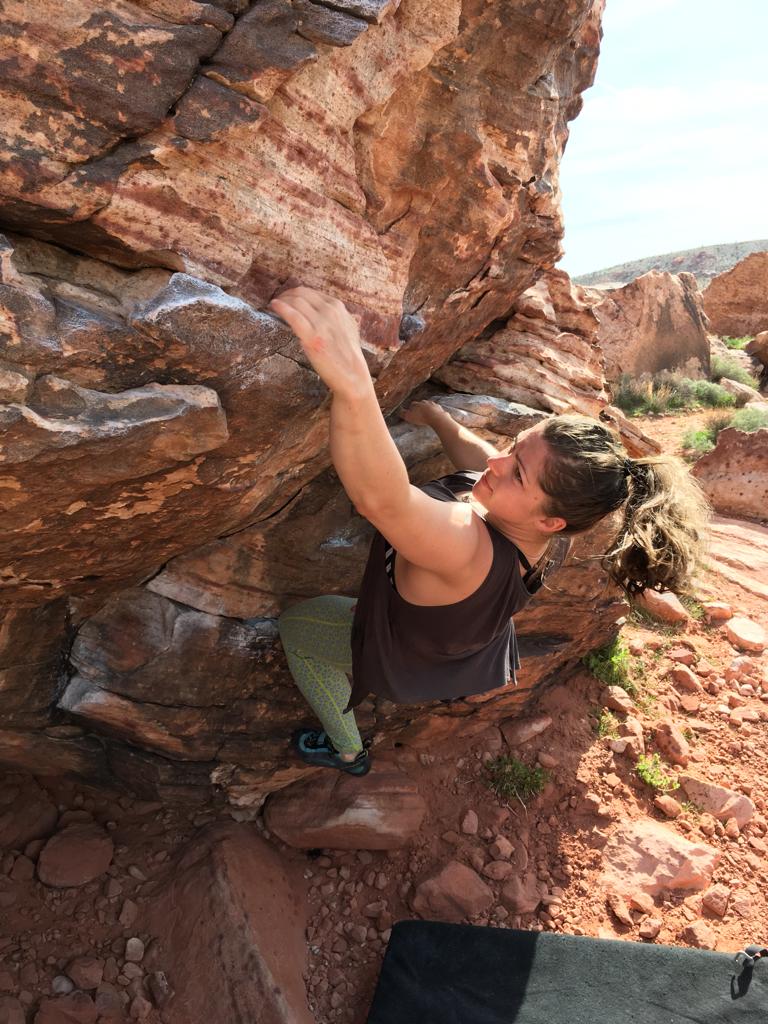Female Climber Series: Sports Bras for Climbing. Why are they so Important? What do we need to Consider?
Breast motion was first documented in the 1970s by Dr Christine Haycock. Her research was in response to an increase in female participation in sports, where exercise-induced breast pain was identified as problematic. Unsurprisingly, increased “breast bounce” (displacement) was found to be associated with increased breast pain.
It sounds obvious to say it but, studies have shown that breasts move more when not wearing any external breast support. The higher the level of support worn, the less movement. In fact, a well-designed and supportive bra can decrease vertical breast displacement by ~60% relative to wearing no breast support.

The reduction of breast displacement/velocity that a bra needs to achieve to minimise exercise-induced breast pain will depend on age, breast size, and activity type. We often think (quite rightly) of running as an activity that needs lots of breast support but what about jumping down off boulders? Or hiking to the crag? Or the movement caused by the dynamic use of our upper bodies?

What else might we consider in terms of breast support in sports? We’ve talked about reducing pain and discomfort in the breast from breast movement during activity but is that all our bras are doing for us?
Another consideration is the flexion caused in the thoracic spine by the weight of breasts (greater in women with large breasts). Excessive loading of the muscles and soft tissue structures of the thoracic spine caused by this flexion has been associated with changes in posture and compromised movement of the spine and upper limbs in women with large breasts.

In fact, women with large breasts report more upper torso musculoskeletal pain, display increased thoracic curve and have decreased shoulder range of motion and scapular retractor endurance strength, compared with those with smaller breasts. The potential implications for injury prevalence and movement patterns are obvious. Ensuring women with large breasts wear supportive bras can reduce this thoracic flexion torque.

Of course, there is a need for more education on breast support and biomechanics to help us understand how best to support women to engage in sports without pain and discomfort. But as a first step, let’s take our boobs seriously and treat them well by wearing supporting bras.
(For some brilliant suggestions on tried and tested favourites and some insightful discussion, check out our Part 1 and Part 2 Sports Bra’s posts on Lattice Instagram)
Main article photo by @jamesturnbull_images






